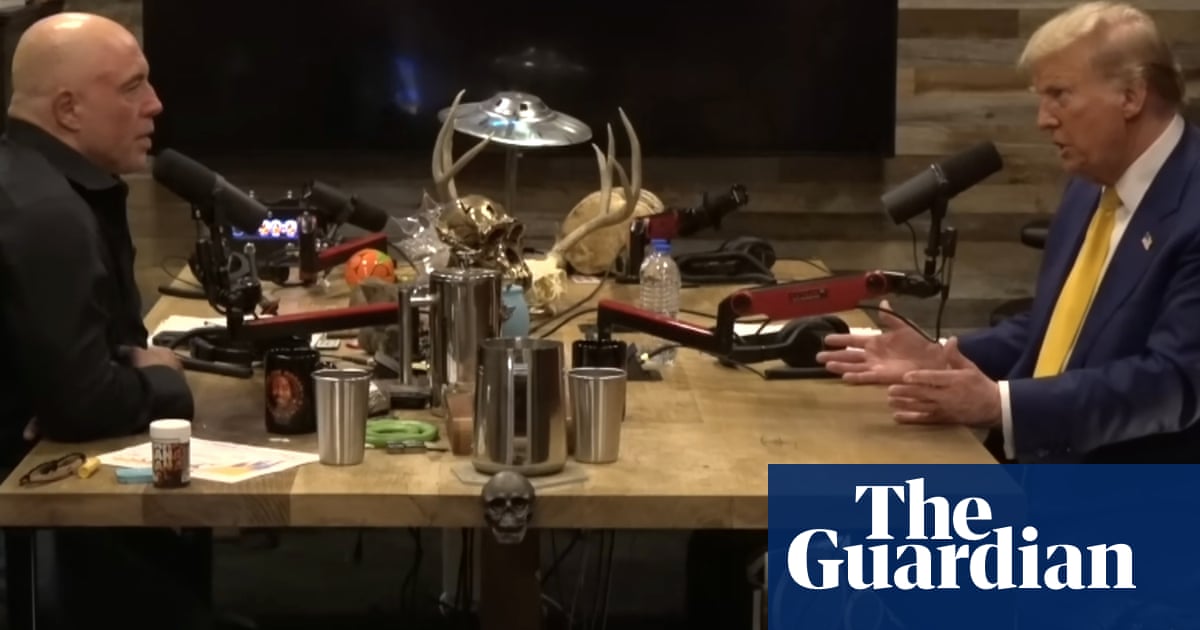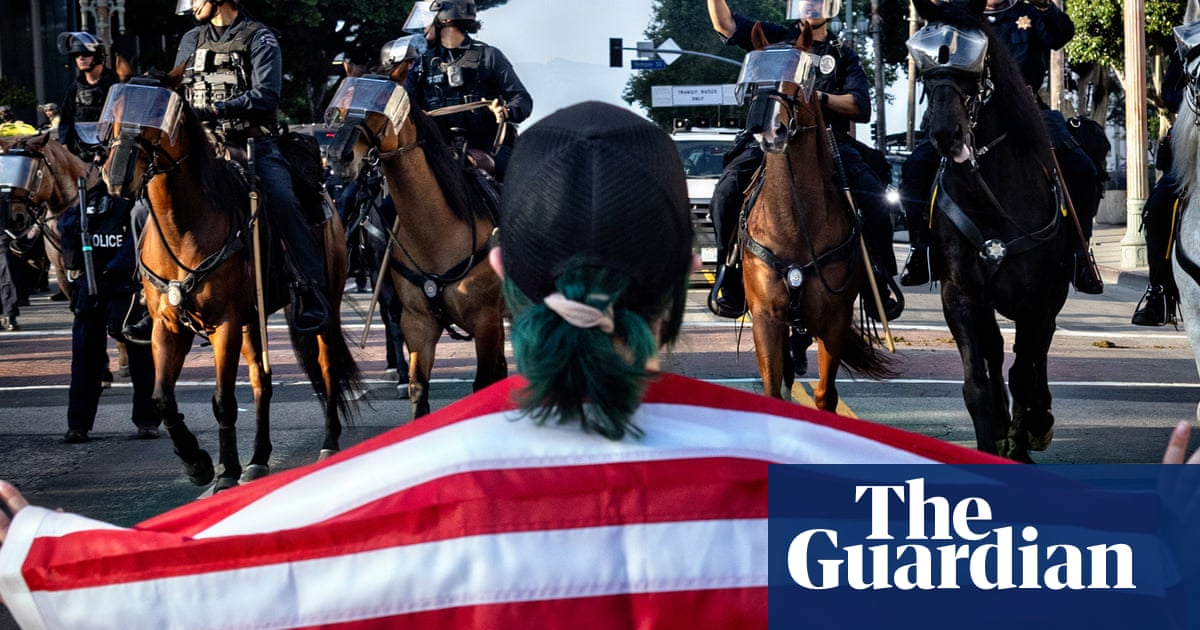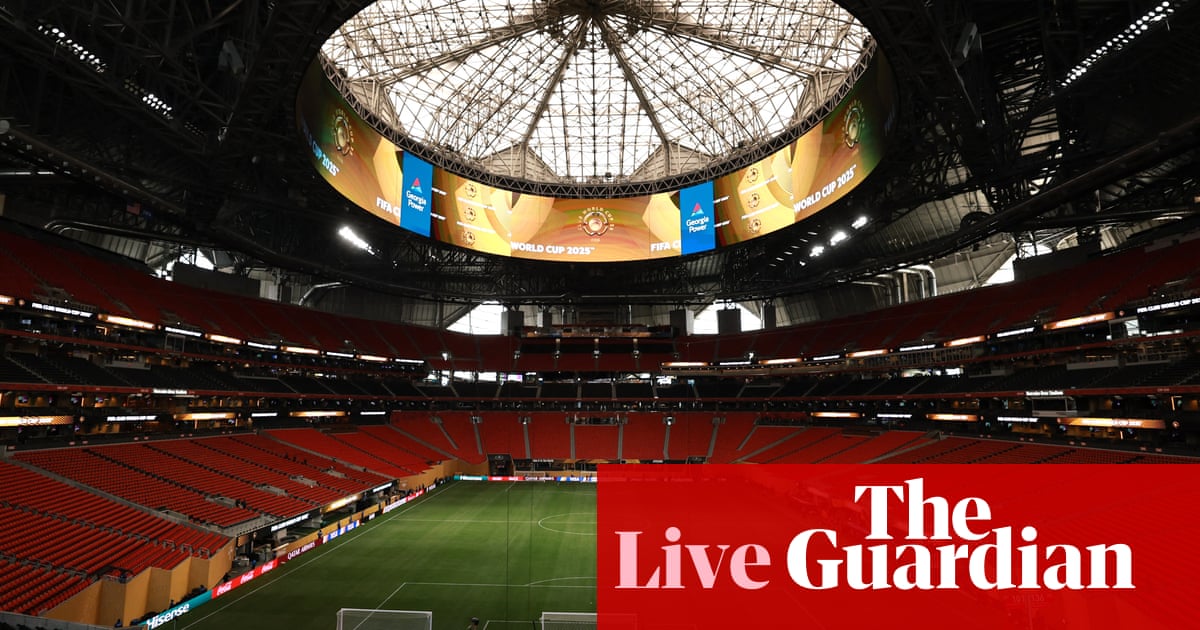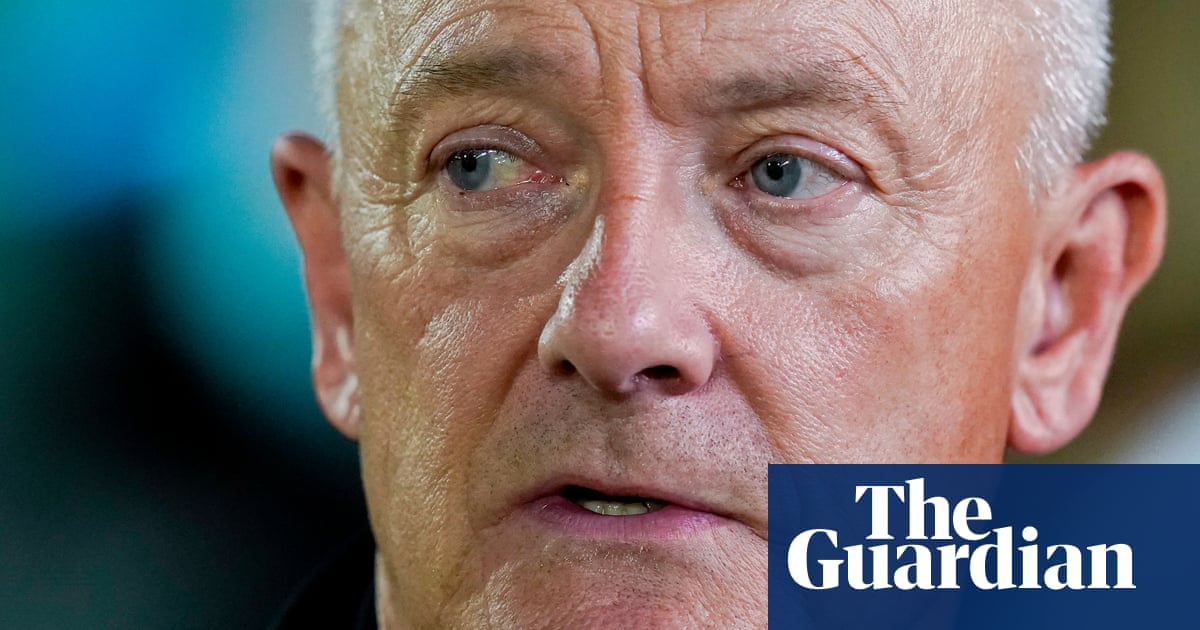There should be no sense of demeaning JJ Spaun’s US Open glory if observers question the circumstances. Spaun, not so long ago a journeyman professional, played out his dream by holing out from 65ft on the final green at Oakmont.
Spaun is a prime example of how the penny can drop for golfers at different stages. Now 34, he is in the form of his life and bound for the Ryder Cup. When he talked later of being awake at three o’clock on Sunday morning because his young daughter was vomiting, his relatability only grew. Everybody loves an underdog.
Spaun’s heroics on that 72nd green did the United States Golf Association a huge favour. It provided an upbeat tournament reference point. Until then, the US Open had been defined by chaos and carnage.
Plenty of people like their sport that way. A chunk of the golfing audience think it is magnificent that cosseted players endure one week a year where par is king. There is a counter point, one which says Argentina taking on Spain in a World Cup final where the grass was knee high and goals were wonky might be riveting for a while but would hardly determine sporting excellence. Why not make the courts smaller during the opening rounds at Wimbledon? So long as everyone played by the same rules, where is the problem? The 125th US Open came dangerously close to crazy golf territory.
There are surely only so many times you can watch professionals barely move a ball from dense rough before turning over to the Antiques Roadshow. And this is all US Open competitors could do; there was no concept of imagination, creativity or great skill when the ball bounded through slick greens or off sloping fairways. Oakmont provided a wonderful test of attitude, of that there is no question. Beyond that? Hmm.
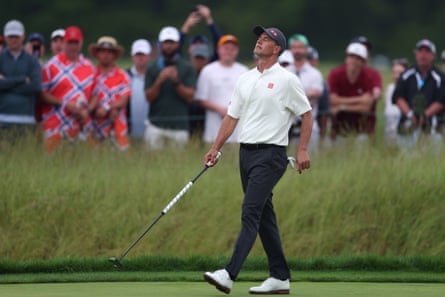
There is a key background theme when it relates to the US Open and course setup. This one has nothing to do with ego or the desire of officials to torture players in a manner nobody else can. Instead, it should be remembered that the USGA is front and centre when it comes to rolling back the golf ball for elite players from 2028. It believes hitting distances are out of control, leading to historic venues – such as Oakmont – potentially becoming obsolete. The argument is perfectly fair, albeit the USGA and its chums at the R&A have been painfully slow to address an issue where the horse bolted long before studies were commissioned.
The USGA and R&A have opposition from umpteen other elements of the golfing establishment. Last Wednesday, the USGA made plain it will not be delaying rollback plans. By Thursday, 156 players were chopping their way through Oakmont’s foliage. This felt no coincidence, instead a means of the USGA telling the world this is its only way to protect a course while scope to butcher it with 350-yard drives exists. Add in pin positions on slopes and golf’s playing aristocracy look silly. Every one of them did in this US Open.
The difficulty comes when pondering whether luck became far too influential in the outcome. Tyrrell Hatton will spend days if not weeks bemoaning breaks on the last two days of the tournament. The Englishman has a point; both on Saturday and Sunday his ball finished in thick rough on slopes leading in to bunkers. Hatton had no proper shot to play on either occasion. This bunker protection was not needed – the sand traps themselves were penal enough – with their implementation only adding an element of freakishness.
after newsletter promotion
Long grass sat far too close to fairways and greens. The margin for error was so small. This was amplified in the crucial stages, a rain deluge limiting the ability of players to control their ball to an even greater extent than before. Adam Scott, not one for outspoken comment, labelled the course “borderline unplayable”. The guddle in the puddle. Golfers live charmed lives and it was telling, beyond Scott and Matt Fitzpatrick, they refused to bemoan the Oakmont situation. Privately, though, there were plenty of questions raised about fairness.
Rory McIlroy has his own challenges after achieving his lifetime dream at the Masters. Jon Rahm and Scottie Scheffler somehow ended up in the top 10 of the US Open. Yet at no stage was this an illustrious leaderboard, one which gave the sense of marquee names jousting for a trophy on Sunday. Spaun has no cause to care but there must be some responsibility on majors to let the cream rise to the top. Far too many A-listers departed Oakmont at halfway than was healthy.
Spaun’s glory was one built on resilience. This relates to career that was not going anywhere fast only a year ago and a US Open final round which included a front half of 40. He can celebrate as wildly as he likes. Big-picture terms just determine this was a forgettable major.

 6 hours ago
1
6 hours ago
1

